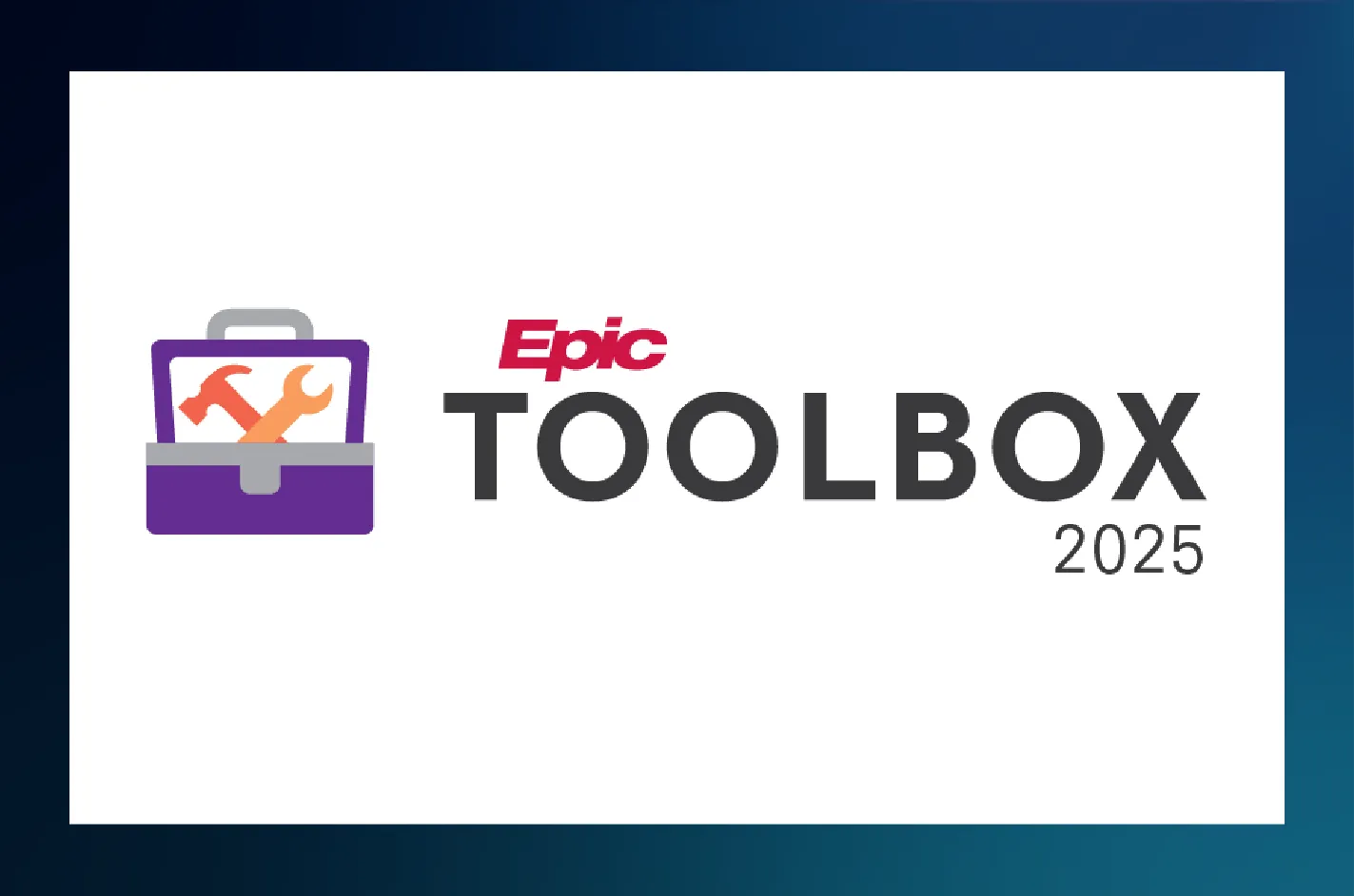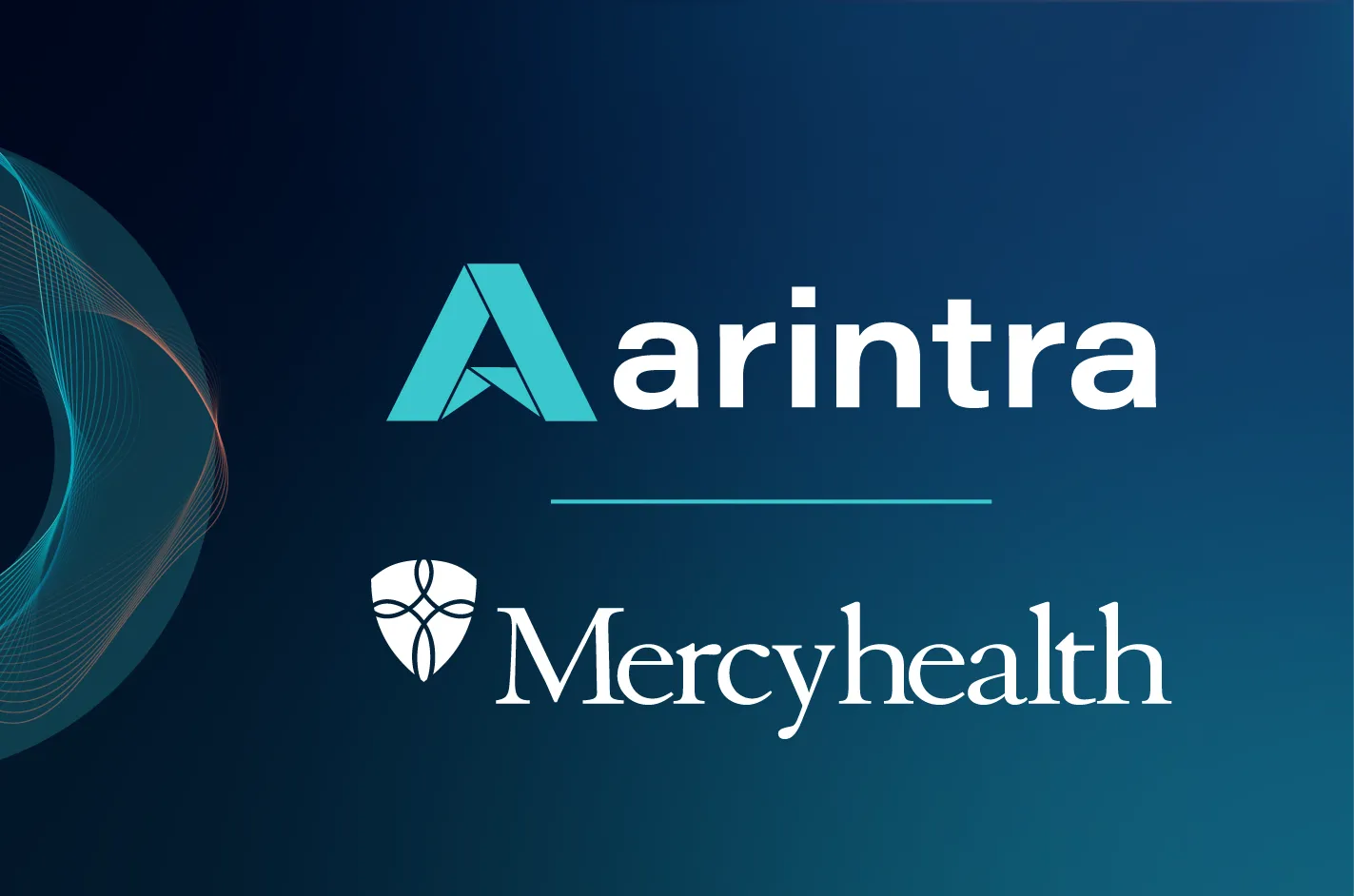Will AI Take Over Medical Coding?


Between staffing challenges and increasingly complex healthcare, medical coding is becoming a larger and larger burden on systems. As a result, many organizations are turning to medical coding automation and AI for support. This naturally leads to the question on the minds of many medical coders and RCM leaders, “Will AI take over medical coding?”
Healthcare organizations face a strange paradox. They desperately need more coders but struggle to fill open positions. They need faster claim processing but face mounting backlogs. They need better accuracy, but struggle with documentation quality.
GenAI-powered automation promises to solve these problems, which naturally scares people working in the field who fear replacement. That fear is understandable but misplaced. Organizations need automation to solve these challenges, which frees up human coders to focus on more complex work and growth opportunities.
The Real Problem: Coding Isn’t Scalable in Its Current Form
Many healthcare organizations face a harsh reality. Margins are tight, and costs continue to climb. A recent American Hospital Association report noted that seven in 10 hospitals have outstanding claims from 2016 or older.
Manual coding is under severe strain due to growing chart volumes, with many coders spending a significant amount of their time reviewing documentation with increasingly complex requirements. Codes and payer requirements change constantly. Ambulatory care is a good example of how difficult things have become: less than 30% of charts are touched by a professional coder. These gaps cause revenue leaks that no one has the time or capacity to plug.
Hiring more coders sounds like an obvious fix. Except it’s not quite that simple. Medical coders are among the hardest positions to fill within the revenue cycle. The system, as it stands, cannot scale. Something has to give.
Early Attempts at Automation Have Fallen Short
Healthcare organizations have attempted to solve this problem before. Computer-Assisted Coding (CAC) first emerged in the 1990s as the industry’s first automation push. It was built on rule-based logic to suggest the appropriate codes.
CAC helps with coding, but only marginally. The system can suggest codes; however, a human still needs to review every suggestion and make the final call. Unstructured data, like physician notes and complex encounters, confuses CAC systems. They work well with structured documentation, but fall apart when it gets messy, and still require resource-intensive manual work.
CAC isn’t capable of addressing the fundamental challenges in healthcare revenue cycles. Organizations need coding technology that can scale with volume, improve documentation, and simplify audits, not simply suggest codes faster.
What’s Changed: The Rise of GenAI and Autonomous Coding
The emergence of Generative AI (GenAI) and large language models (LLMs) allows organizations to solve problems that CAC can’t, making truly autonomous medical coding possible for the first time. Unlike rules-based systems, the new generation of autonomous coding solutions uses natural language processing to decipher unstructured clinical text such as provider notes, complex encounters, and ambiguous documentation.
Autonomous coding solutions are also able to:
- Apply payer-specific logic to codes
- Leave clear audit trails for transparency
- Easily stay up-to-date with ICD and CPT changes
- Generate compliant, auditable codes without human intervention
Autonomous coding solutions don’t entail the elimination of coders. They take on the rote work and give coders the freedom to redirect their expertise to higher-value work. Instead of spending their days doing repetitive chart review, they’ll have time to focus on denials management, audits, clinical documentation improvement, and revenue integrity projects.
The Human Impact: Coders and Clinicians Both Benefit
When autonomous coding solutions take over repetitive tasks, coders gain something valuable: professional growth. They spend less time on routine cases and more time on more complex scenarios that demand their expertise. They are freed up to develop specializations and move into senior-level positions focused on revenue integrity.
Physicians see benefits as well. They reclaim more of their free time. Documentation and coding consume hours of after-hours time, known as “pajama time.” That phrase makes it sound quaint, but physicians are burned out from admin work. Autonomous coding relieves that burden.
Revenue leaders also see improved metrics:
- Higher first-pass acceptance rates
- 43% fewer denials
- 12% shorter A/R days
These numbers are from real healthcare organizations that use Arintra’s medical coding automation solution.
Will AI take over medical coding jobs? No. It won’t replace them. Instead, it will reshape the profession as a whole, giving coders more capacity and more opportunities for growth.
The Bottom Line: AI Is Taking Over the Work, Not the Workforce
In short: AI isn’t here to take over coding — it’s here to take the load off. Just as automation removed certain manual factory jobs from the equation, freeing workers up to become quality control specialists, AI will allow coders more upward mobility than before.
So, what’s next? Where do health systems go from here?
You can start by figuring out whether you’re ready for coding automation within your own organization by asking these questions:
- Can your documentation support automation?
- Do you have the data infrastructure?
- Can your team adapt to new workflows?
From there, familiarize yourself with what the best AI solutions look like. For example, Arintra’s GenAI-native solution operates directly within the EHR, maintaining workflow continuity and data integrity. The solution is transparent and audit-ready at every step. Smart platforms enable success, but people drive it.
Coders, clinicians, and leaders who embrace AI today aren’t losing relevance. They’re gaining capacity and transforming their workforce.
See how and reach out to the coding and AI experts at Arintra today.









